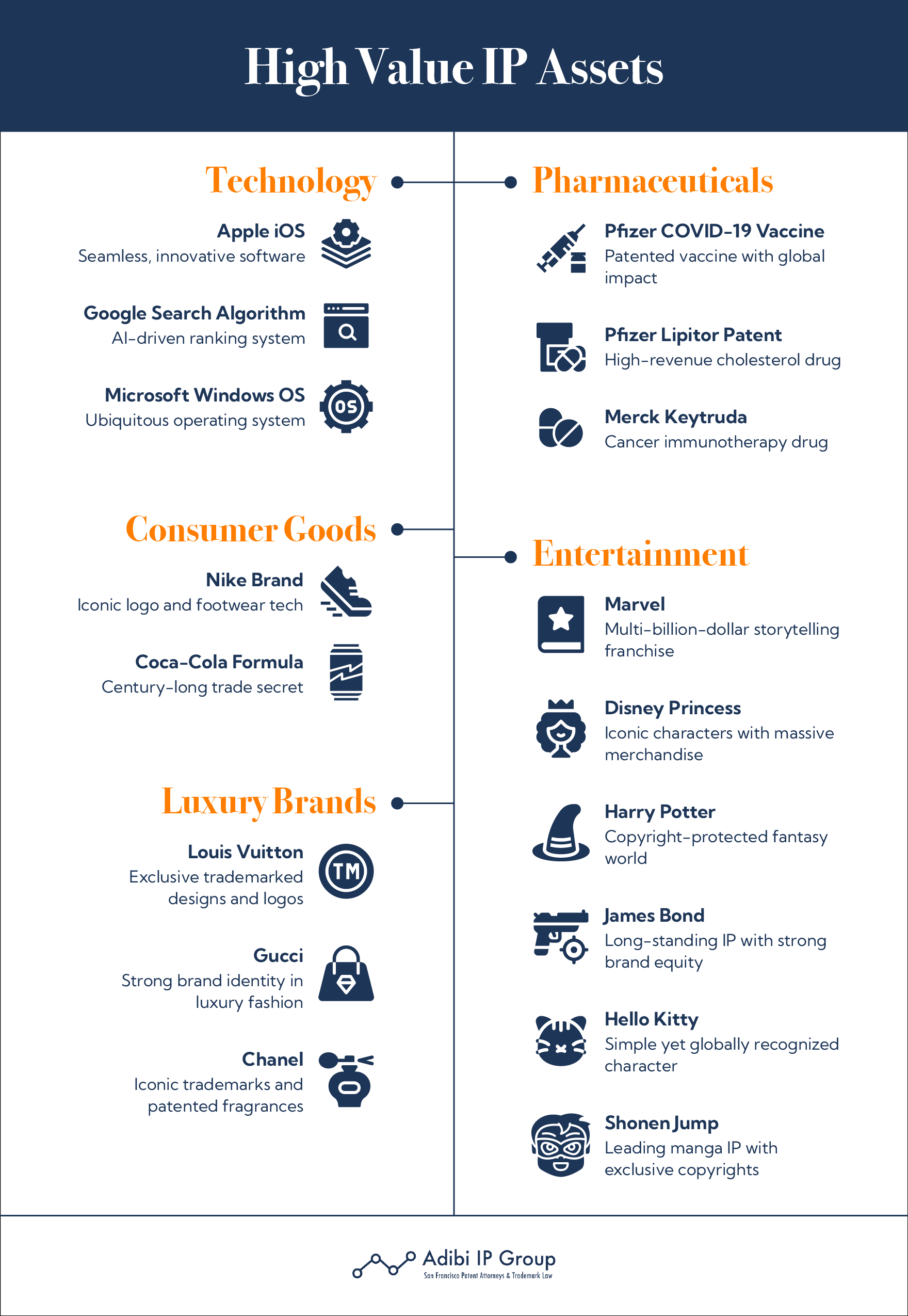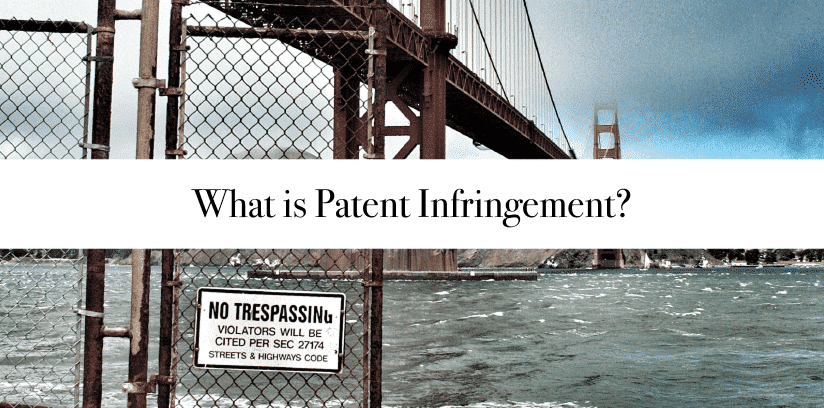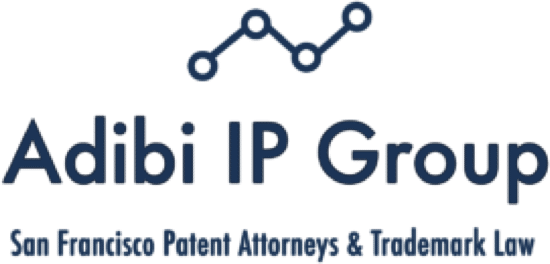Originally posted on August 30, 2024 @ 8:03 am
The **most prized** thing in the world of ideas might just be the one that gives the biggest **edge** and **rakes in** the most **cash**. Check out intellectual property (IP), folks! That means patents, trademarks, copyrights, and those secret recipes—like Grandma’s cookies! These guard business sparkles and **pump up** a company’s worth and power in the field. Handling IP well isn’t just a smart move; it’s like painting your brand in bright colors. It makes a company shine brighter than the rest, gets everyone thinking outside the box, pulls in folks with deep pockets, and keeps the company rocking for the long haul! Dive in to unlock the wonders of IP!
Key Takeaways
- The value of intellectual property (IP) is driven by its contribution to solving problems or improving solutions and by its ability to meet strong market demand.
- Effective legal protection preserves IP value by preventing unauthorized use.
- IP value increases with its revenue-generating potential through licensing and sales.
5 Factors Influencing the Value of Intellectual Property
The value of intellectual property (IP) is driven by a range of factors, from the uniqueness of the innovation to the efficacy of legal protections and market demand. Understanding these variables can help in effectively managing and leveraging IP assets.
1. Innovation and Uniqueness
Intellectual property that is innovative and unique stands out in the marketplace. Innovations that solve previously unsolved problems or offer significant improvements over existing solutions tend to hold higher value. Patents, for instance, are worth more when they cover a novel technology or process that competitors cannot easily replicate. The distinctiveness of the IP not only protects its market share but can also set industry standards.
2. Market Demand and Revenue Potential
Market demand is crucial in elevating the value of IP assets. Intellectual property that meets high consumer demand can command premium pricing and generate substantial revenue. IP assets monetized through licensing, sales, or direct use in profitable products are highly valuable. For instance, a patented technology licensed to multiple companies offers ongoing revenue streams. Evaluating the revenue generation avenues available for the IP helps in making informed strategic decisions.
3. Brand Recognition and Consumer Perception
Brand recognition and reputation play a significant role in the valuation of IP. Strong, recognizable brands often enjoy greater customer trust and loyalty, leading to higher sales and market share. The associated IP will naturally be more valuable if consumers perceive the brand to be synonymous with quality and reliability.
4. Legal Protection and Enforcement
Effective legal protection is fundamental to maintaining and enhancing the value of an IP. Trademarks, copyrights, and patents need to be robust and enforceable to prevent unauthorized use. Weak legal frameworks or inadequate enforcement mechanisms can erode IP value by making it easier for competitors to infringe. Therefore, investing in comprehensive legal protection and timely enforcement actions is essential to uphold the IP’s value.
5. Competitive Advantage and Market Dominance
IP that provides a competitive advantage helps maintain a strong market position. Such intellectual property can create barriers to entry for competitors. This dominance is often reflected in pricing power and market share, both of which contribute to the high valuation of IP. Continuously innovating and improving the IP can help sustain this competitive edge.
Examples of Highly Valuable Intellectual Property
Intellectual property (IP) encompasses various assets that offer significant economic, cultural, and strategic value to their owners. From character franchises to software platforms, these IP assets are often foundational to the success of global companies.

Technology
- Apple’s iOS platform
Since 2007, Apple’s iOS platform has been a pivotal part of the company’s ecosystem, powering iPhones, iPads, and iPods. Its highly integrated software offers a seamless user experience, setting it apart in the mobile market. The availability of a vast number of apps and services through the App Store further enhances its value, making it indispensable for Apple’s market dominance and financial success. - Google’s search algorithm
Google’s search algorithm is critical to its success, enabling users to receive accurate and relevant search results efficiently. Its continual enhancements using AI and machine learning boost user satisfaction and drive significant advertising revenue. - Microsoft’s Windows Operating System
Microsoft’s Windows Operating System has been a cornerstone of personal and enterprise computing for decades. Although it remains ubiquitous in homes, businesses, and educational institutions, it now competes with alternative operating systems such as macOS and various Linux distributions.
Pharmaceuticals
- Pfizer’s COVID-19 vaccine
Developed in partnership with BioNTech, Pfizer’s COVID-19 vaccine is a groundbreaking achievement in the fight against the pandemic. The vaccine has generated significant revenue for Pfizer and bolstered the company’s reputation as a leader in pharmaceuticals and biotechnology. - Pfizer’s Lipitor patent
Pfizer’s patent on Lipitor, a cholesterol-lowering medication, was one of the most profitable in pharmaceutical history, with annual sales peaking at around $12.9 billion in 2006 and total sales exceeding $125 billion before patent expiration. - Merck’s Keytruda
Merck’s Keytruda is a leading immunotherapy drug used to treat various types of cancer. As a monoclonal antibody, it helps strengthen the body’s immune system to fight cancer cells. Since its approval, Keytruda has generated billions in revenue and has become a crucial element in modern cancer treatment, ensuring its high value in Merck’s pharmaceutical portfolio.
Consumer Goods
- Nike
With its innovative designs and iconic “Swoosh” logo, Nike’s brand and associated IP drive substantial market influence and profits. Its extensive trademark portfolio and patented footwear technologies ensure a strong market position and continuous revenue growth. - Coca Cola
The secret formula of Coca-Cola is a prime example of how well-guarded trade secrets can be immensely valuable. Employees with knowledge of the formula sign stringent non-disclosure agreements, and Coca-Cola actively pursues legal action to protect it from counterfeiting and unauthorized disclosure.
Entertainment
- Marvel Cinematic Universe
Owned by Disney, the MCU’s films, TV shows, and merchandise have collectively generated over $30 billion in box office revenue. Its intellectual property extends across merchandise, streaming platforms, and theme park attractions, further solidifying its value. - Disney Princess
The Disney Princess franchise includes beloved characters such as Cinderella, Ariel, and Belle. Each princess has her own set of stories, merchandise, and theme park attractions. This franchise appeals to a broad demographic, making it a significant revenue stream for Disney through movies, apparel, toys, and live entertainment. - Harry Potter
The Harry Potter series, authored by J.K. Rowling, has transcended its original form as a book series to become a multi-billion-dollar franchise. Warner Bros. manages its film adaptations, which alone have grossed over $7 billion. Additionally, there are theme parks, merchandise, and even theatrical productions. - James Bond
The James Bond franchise, based on Ian Fleming’s novels, has been a staple in the film industry since the release of “Dr. No” in 1962. Managed by EON Productions, the series has seen multiple actors playing the iconic spy, generating over $14 billion in box office alone. The brand extends into merchandise, video games, and even luxury watches, cementing its position as a valuable intellectual property. - Hello Kitty
Hello Kitty, created by Sanrio in 1974, is a cultural phenomenon. Though a simple design, this character has become a global icon, appearing on everything from stationary to fashion lines. The character’s widespread appeal makes it a lasting and lucrative asset for Sanrio. - Shōnen Jump
Published by Shueisha, Shōnen Jump is a Japanese manga magazine that has launched several successful series, including “Dragon Ball,” “One Piece,” and “Naruto.” With an immense readership both domestically and internationally, Shōnen Jump’s IP portfolio contributes significantly to the anime and manga industries.
Luxury Brands
- Louis Vuitton
Louis Vuitton’s intellectual property portfolio includes its iconic LV monogram, a symbol of luxury and status, and the distinctive Damier Canvas checkerboard pattern used on various products. The brand also protects its unique product designs through copyright, such as handbag shapes and construction. - Gucci
Gucci’s IP assets feature the distinctive double G logo and the interlocking C design, both of which are prominent trademarks used across its product range. Gucci’s overall brand identity, characterized by its association with luxury, fashion, and Italian heritage, is safeguarded by various intellectual property rights, reinforcing its market position. - Chanel
Chanel’s intellectual property includes the renowned double C logo, used extensively across its product lines, and the quilted pattern on its handbags, which is protected by copyright or trademark. The brand also holds patents for several iconic fragrances, such as No. 5 and Coco Mademoiselle, protecting their unique formulations.

Intellectual Property Value Assessment and Evaluation
Understanding how to assess and evaluate the value of intellectual property (IP) is essential for any business. We look at several methods and factors to get a clear picture.
Key Factors in IP Valuation
- Legal Rights: The legal standing and enforceability of the IP can significantly affect its value. Strong legal protection means higher value.
- Market Potential: The ability of the IP to generate revenue in its market. Market demand plays a crucial role.
- Costs and Expenses: The costs associated with developing and maintaining the IP, including legal fees.
Common Valuation Models
- Cost Approach: Considers the cost required to recreate the IP. This model is useful for IPs that have no directly comparable market data.
- Market Approach: Uses comparisons with similar IP assets that have been sold or licensed. This is effective when there are available market transactions.
- Income Approach: Estimates future income attributable to the IP and discounts it to present value. Ideal for income-generating IPs.
Practical Steps in IP Evaluation
- Identify and Catalog: List all IP assets, including patents, trademarks, copyrights, and trade secrets.
- Legal and Market Analysis: Conduct comprehensive legal checks and market analysis to determine enforceability and marketability.
- Financial Projections: Make detailed income projections, considering market trends and competitive landscape.
Protecting and Maximizing Intellectual Property Value
To protect and maximize the value of intellectual property (IP), businesses must begin by ensuring that ownership and exclusive rights are clearly established through formal registrations, such as trademarks, patents, and copyrights. This legal foundation reduces the risk of unauthorized use and secures the company’s assets.
Beyond legal filings, implementing robust internal IP policies is also vital. These policies should include confidentiality agreements to safeguard sensitive information, regular IP audits to identify potential risks, and employee training to ensure everyone understands the importance of protecting the company’s IP. Protecting IP requires securing rights and continuous monitoring to detect and prevent infringement. Maintaining control over valuable assets involves using automated tracking tools, performing regular market checks, and taking legal action when necessary.
Finally, strategic partnerships and joint ventures can further enhance IP value by pooling resources, driving innovation, and unlocking new market opportunities. These collaborations allow businesses to leverage their intellectual assets more effectively, ensuring long-term success and competitiveness in the market. Licensing agreements offer another powerful strategy for maximizing IP value. By exploring exclusive or non-exclusive licensing deals, as well as cross-licensing opportunities, businesses can generate additional revenue streams and broaden their market presence.

Ready to Protect Your Innovations?
At Adibi IP, we understand that your intellectual property is one of your most valuable assets. Our expert team is dedicated to helping businesses safeguard, evaluate, and maximize the potential of their IP portfolios. Whether you’re looking to streamline your IP strategy, enforce robust legal protections, or unlock new revenue streams through strategic partnerships, we’re here to support your journey toward sustained success. Schedule a consultation and let us help you transform your intellectual property into a lasting competitive advantage.






